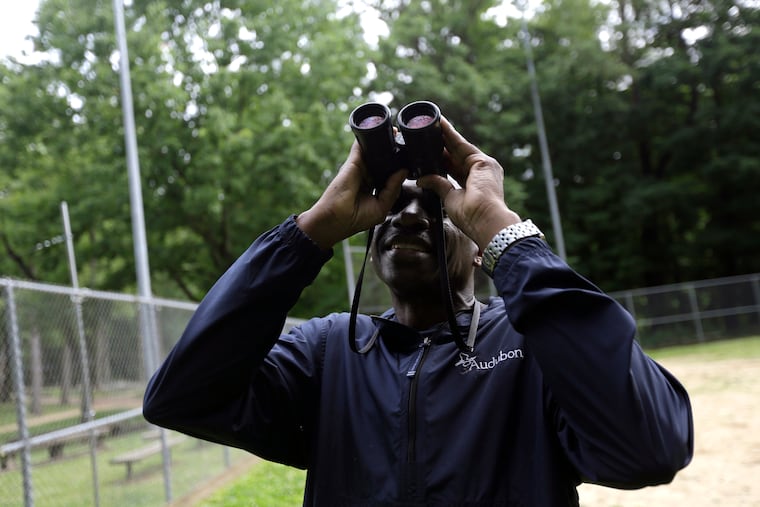How to fund public parks and wild places in Pennsylvania
Our state’s most precious resources — land, water, and air — are under threat and deserve better investment.

Our state’s most precious resources — land, water, and air — are under threat and deserve better investment.
